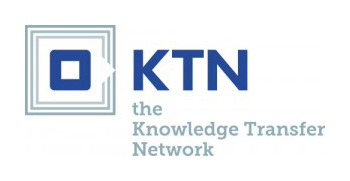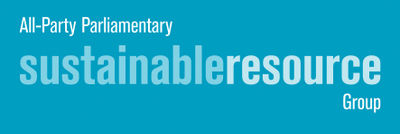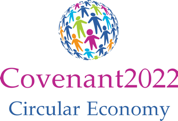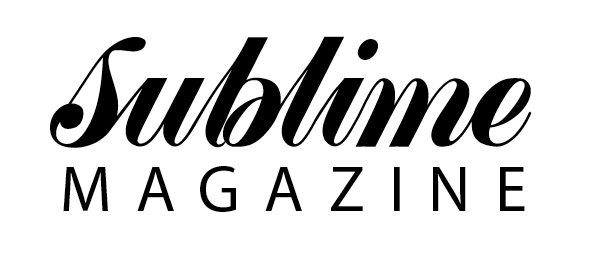SUSTAINABLE INNOVATION 2016
‘Circular Economy’ Innovation & Design
Part of the ‘Towards Sustainable Product Design’ series of conferences
21st International Conference
7th-8th November 2016
University for the Creative Arts
Epsom
Surrey
KT18 5BE
UK
The Centre for Sustainable Design ® at UCA, UK
VENUE PARTNERUniversity for the Creative Arts
STRATEGIC PARTNERSThe Knowledge Transfer Network
All-Party Parliamentary Sustainable Resource Group
Sustainable Innovation 2015: Key Lessons
‘State of the Art’ Sustainable Innovation & Design
Professor Martin Charter, Director, The Centre for Sustainable Design ® @ UCA,UK
- Transition to Transformation: there is increasing evidence and consensus over global and local problems related to climate change, resource scarcity and social exclusion; this is leading to growing recognition amongst decision-makers over the need to address the complexity of these problem(s) and find, create and develop new solutions. Innovation (economically, technologically, environmentally and socially-driven) will play an increasingly important role in this process; are we at a ‘point of inflexion’ and moving from eras of ‘Transition to Transformation’ and ‘Evolution to Revolution’?
- Speed of Change: the world is a very different place compared to 20 years ago; one constant is change; technological change in particular is increasingly rapid. Technology has become more and more pervasive and integrated into products/services in our daily lives and this is set to continue at a fast pace.
- Need for Leadership: there is a growing need for a ‘Shared Vision’ amongst the global community to produce solutions to the increasingly evident problems (the equivalent to ‘putting a man on the moon’); leaders and leadership businesses are becoming more strategic, accepting that challenges of climate change and resource efficiency are real and on-going and therefore should be hard-wired into strategic planning, moving away from short-term ‘not in the term of office’ thinking. In addition, there is the emergence of more mission-driven businesses where sustainability is central to the organisation’s mission and DNA.
- New Language: there is a need for a new language that is more proactive, positive and people-oriented e.g. restorative, regenerative, etc; ‘mindsets’ need to be re-focused on opportunities rather than be primarily risk-based, technical approaches.
- New Stakeholder Approach: there is a need for new approaches to tackle problems and create opportunities that involves business, government and civil society, as individual stakeholders cannot solve problems by themselves. Customers are putting increasing pressures on companies to drive product performance and there is need to drive environmental performance in parallel. New approaches need to facilitate behaviour change among customers and other actors.
- New Collaboration(s): there is the emergence of mass collaboration – cross-sector, within sector; however, this is counterpointed by lack of collaboration in many areas and between organisations. However, increasing knowledge sharing is beginning to emerge through local, grassroots, community based initiatives e.g. Repair Cafés, Hackerspaces, Makerspaces and ‘Living Labs’ and this is fostering social as well environmental innovation.
- Education, Education, Education: there is an on-going need to embed and hard-wire sustainability into education of business, designers, policy-makers and other stakeholders at every level in business, government and civil society.
- Accelerating Innovation: “Open Innovation 2.0 is the new primordial soup of new opportunities” (Dr Martin Curley, Intel). There is a need to develop better innovation ecosystems to enable ‘good ideas’ to move to the market and society. As a result of the recognition of problem(s) and emerging opportunities coupled with the speed of change there is likely to be more disruptive innovation. In fact, this innovation is already happening at the ‘edge of chaos’!
- New Business Models: new opportunities will emerge in the move towards a low carbon, resource efficient world. New business models are likely to emerge using novel, new and unusual combinations of products, service and systems; some businesses will remain ‘closed’ but others will develop more open, collaborative approaches. New organisational models are also developing e.g. public good companies (e.g. Kickstarter) and mission-driven models that have social and environmental goals at the centre of business (e.g. Goldfinger Factory).
- Circular Economy: the recognition of increasing risks and opportunities of a resource constrained world is driving new thinking in relation to making products, processes and organisations more circular; activity is starting to accelerate and we are in a period of working out the practicalities and identifying new opportunities for innovation.
© Martin Charter 2016 mcharter@ucreative.ac.uk
Sustainable Innovation 2016 click for more information
Contact
For more information on Sustainable Innovation 2016 please contact:
Professor Martin CharterDirector
The Centre for Sustainable Design ®
University for the Creative Arts
UK
Tel: + 44 (0) 1252 892772
Fax: + 44 (0) 1252 892747
Email: mcharter@ucreative.ac.uk
Website: cfsd.org.uk












